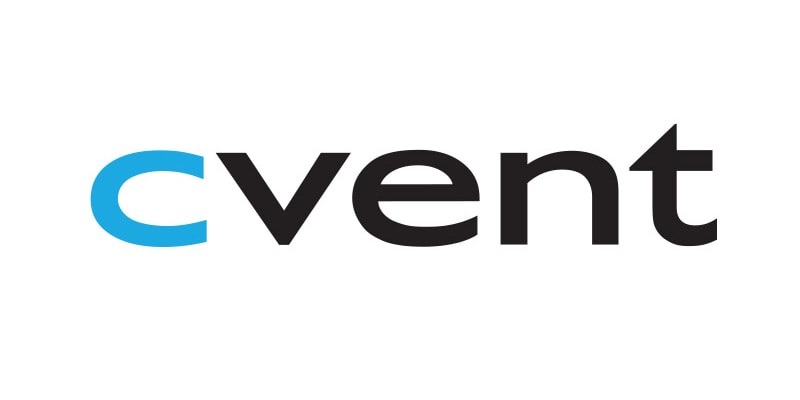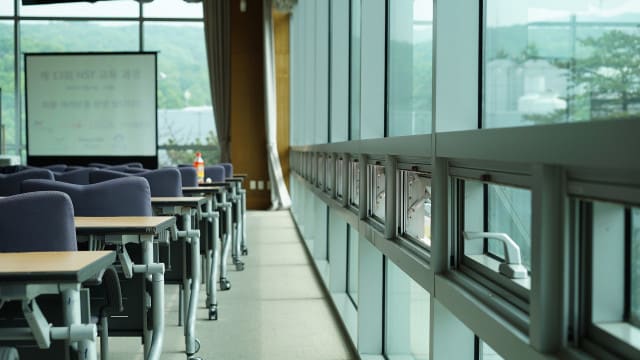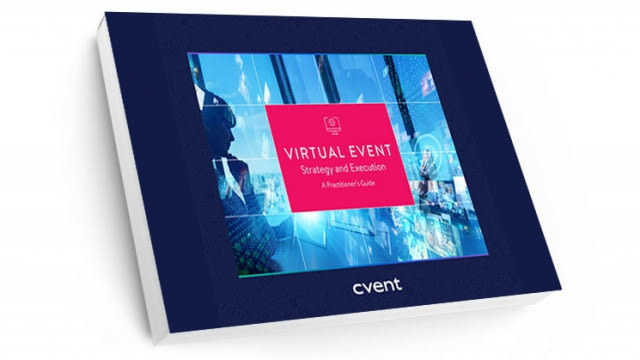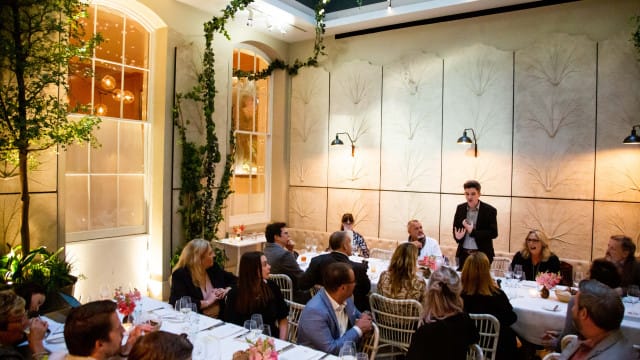Sustainable events practices for 2021

From catering to swag bags, here’s how to put on more environmentally friendly events
In Event Academy’s 2020 Event Industry and Trend Report – published pre-pandemic, in February 2020 – 35.5% of the events professionals it surveyed saw sustainability as their number-one challenge. (In 2019, they said Brexit was their biggest challenge.)
In the end, of course, COVID was 2020’s number-one challenge. But in many ways, shifting to virtual events this year has helped planners achieve their sustainability goals. The pandemic has made people stop and think – events can be massively wasteful, so maybe some of the practices we lost in 2020 can now be ditched all together?
At Cvent’s Connect Europe virtual conference, Charlotte Bygraves, director of marketing events at Bain & Company, pointed out that the sharp decrease in pollution due to the grounding of flights at the beginning of the pandemic meant that environmental issues were “in everyone’s consciousness a lot more”. She added, “We’ve all got an opportunity to be good corporate citizens. As an industry we need to be open to sharing what we’re doing across the community.”
Claire Derrick, principal of Event Academy, agreed: “It is right that the events industry acknowledges and addresses its own responsibilities when it comes to climate change. It’s a wasteful industry, with swag bags, single-use banners and hoarding, single-use booths, leaflets, flyers, giveaways and more all contributing to waste.” Here’s where to start:
1. Ditch the paper
Bygraves calls this “the low-hanging fruit”, as it’s the easiest change to make. She says, “Nobody’s printing anything now and that's showing that we as an industry don’t need printed materials at events. We should be making sure that when we do return, we don’t print anything.” Cvent’s event management software can help here – invites, flyers and session details can all be digital, and the added advantage of an event website and mobile app is that you can update it as you go along.
2. Switch to reusables
Single-use items should also be scrapped, where possible. Make name badges that can be used again and again, move back to proper, old-fashioned cutlery, and put reusable cups at water stations. When it comes to banners and other decor, choose items you can use at future conferences, or that you can share with other events professionals. Bygraves suggests planners get creative. She says, “Have reusable face masks that you give out at a conference with your branding on. There is opportunity everywhere you look.”
3. Form a green team
Green teams bring together people from different departments of an organisation to work on sustainable practices. Bygraves suggests if you can’t find a green team in your organisation, start one yourself: “Start within your own events team and then look for people who are like-minded – your facilities team or your corporate responsibilities team. Look for those who have a sustainability agenda.” When you’re working together, you’ll have more of a voice and can affect more change within your organisation.
4. Work with sustainable venues
Prioritise venues that are making efforts to reduce their carbon footprint: for instance, those that use green energy, have good access to recycling, and are close to public transport. An easy way to validate a venue’s credentials is to ask if they have certification for sustainable events, such as ISO 20121. Bygrave says, “What are their sustainability credentials? Are the audiovisual companies equipped to use less power? What are venues doing across their food waste? Is there a 20-mile menu to reduce their carbon footprint?”
5. Minimise food waste
In the past many events have been guilty of over-catering for attendees, after all, no one wants their delegates to go hungry. But with a bit of planning you can make sure you have just the right amount of food. Buffets are a good idea, using smaller plates so that people take only what they’re likely to eat and return for seconds if they want to. Work with caterers who use local ingredients, and partner with food donation programmes in case you do end up with leftovers.
6. Even swag bags can be sustainable!
Everyone loves getting something for free, but overly branded T-shirts, keyrings and pens are often thrown away, creating unnecessary waste. Think about making your swag bags sustainable, filled with items such as plants, seeds and reusable coffee cups. And if you’re adding branded items like eco tote bags, put any branding on the inside of the bag rather than the outside, so that people are more likely to use it when they’re out and about.












